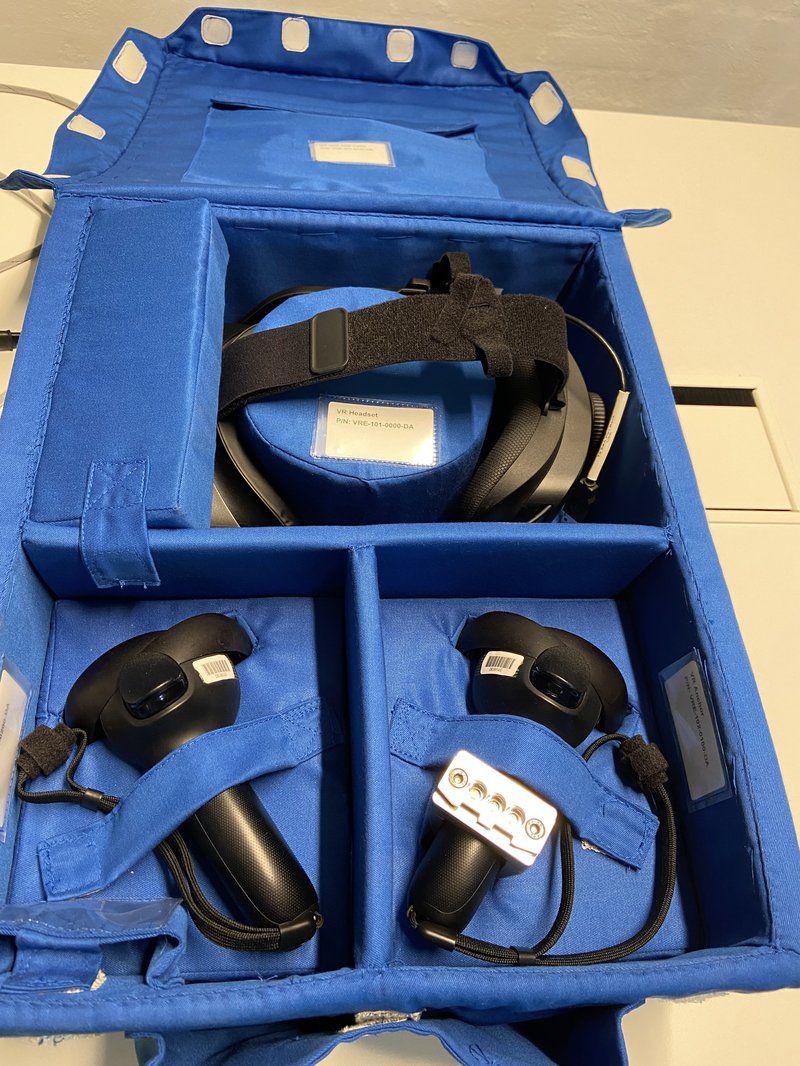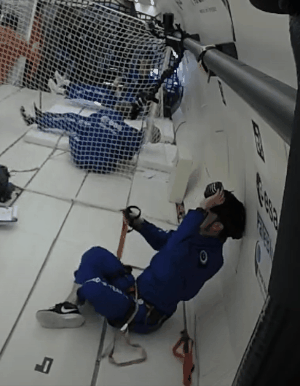HTC just sent a Vive Focus 3 headset to the International Space Station to support astronauts’ mental health.
Vive Focus 3是HTC于2021年推出的售价为1300美Meta的以商务为重点的独立头显。该设备使用与Quest 2相同的Snapdragon XR2 Gen 1芯片组,但具有明显更高分辨率的2.5K显示屏,甚至比现在的Quest 3或PICO 4分辨率更高。虽然HTC今年早些时候推出了更新的Vive XR Elite头显,但由于其可更换的后置电池,Focus 3仍是其主要针对商业的产品。
Focus 3 has now traveled to the International Space Station via the cargo portion of the Cargo Dragon autonomous spacecraft launched by SpaceX to replenish the station's supplies as part of NASA's Commercial Resupply Services program.

European Space Agency astronaut Andreas Mogensen will use the Focus 3 for testing to see how VR can help astronauts' mental health. This is the result of a collaboration between HTC, XRHealth and Nord-Space.
HTC said the reason for conducting the test is that astronauts live in a "relatively isolated and cramped" environment without the natural daylight that humans evolved to live under the Earth's sky. It can also be a stressful job, with long hours scheduled activities designed to maximize the use of the station's facilities.
The VR application designed by XRHealth and Nord-Space includes five 360-degree immersive videos: Sunset on the Hills, Mountain Trails in Europe, Swimming with Dolphins, Western Seas and Wetlands. This design is intended to allow astronauts to temporarily escape this environment and be "teleported to another place."

However, achieving position tracking on the space station is a major undertaking. On Earth, the headset uses an accelerometer in its IMU (Inertial Measurement Unit Meta) to measure the gravity vector to adjust its orientation to the ground, but trying to do this in space causes constant drift. To solve this problem, HTC modified the tracking system to track one of the controllers fixed to the wall as an anchor point, giving the headset a fixed point to adjust its movement.
This is not the first time this has been done.
Back in 2015, Microsoft sent the original Hololens AR headset to the International Space Station, with a remote expert mode so ground staff could assist astronauts with repairs, and equipment tutorials layered on top of the new system. Like HTC, Microsoft had to modify the device's tracking system to adapt to the microgravity environment.
In 2017, Oculus sent a Rift VR headset to the International Space Station, where European Space Agency astronauts Thomas Pesquet and Alexander Gerst used it to conduct microgravity neuroscience experiments. Oculus replaced the Rift's built-in tracking system with a third-party solution that can better adapt to microgravity environments.
VR could be crucial to deep space quest
As NASA's Artemis program aims to establish a permanent base on the moon later this decade and eventually send humans to Mars, VR could become an important tool for assisting astronauts on these long-duration missions into deep space. Escape and relax. In addition to simulating the immersive environment back on Earth, astronauts can use the headset as a personal theater to enjoy traditional media on a virtual screen larger than the small screens they carry with them.
Although HTC's experiment is currently limited to 360-degree video, it could set a precedent for continued exploration of VR's uses for astronauts' mental health.





